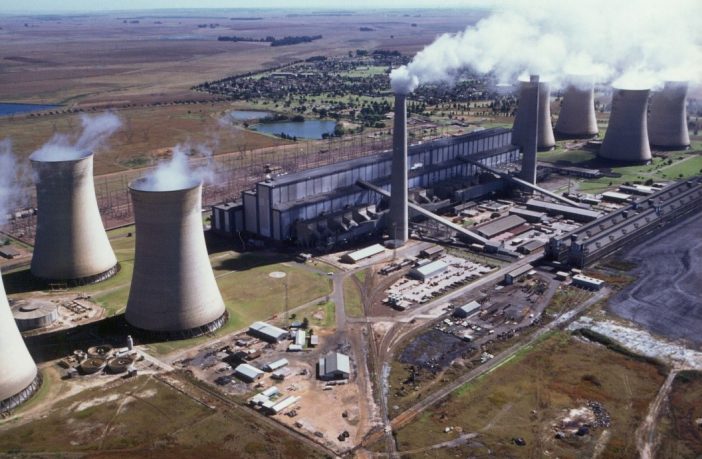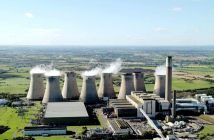- Trends worldwide indicate that most governments are moving away from coal to renewable energy production in a bid to tackle intensifying climate change.
- Canada set the trend for upcycling by starting to convert their decommissioned coal-fired power stations into solar farms.
- The upcycling is also been extended to abandoned coal mines in the USA.
- Will this trend be adopted by Eskom, South Africa’s power utility and the coal mining operators that feed their aging coal-fired plants?
In Canada, the Nanticoke coal-fired power station is being converted into a 44-megawatt solar farm while in the USA, the Centralia coal mine site in southwest Washington will be converted into a solar farm which would generate 180MW of energy and create 300 local jobs.
Abandoned and decommissioned coal stations plus their associated mining operations not only result in large-scale job losses but also leave a permanent scar on the land. Upcycling these sites to renewable energy production plants help preserve jobs and can maintain the livelihood of the local communities.
South Africa has committed itself to the Paris Agreement, signed by Environmental Affairs Minister Edna Molewa in April 2016, which requires new plant minimum emissions standards for coal-fired power stations from 2020. Eskom faces stiff penalties and isolation from the international funding community if they do not comply.
Eskom has a fleet of no less than 15 coal-fired power stations responsible for approximately 48% of the countries greenhouse gas emissions. By age, the first five stations facing decommissioning are Camden, Hendrina, Komati, Grootvlei, and Arnot. These are large power stations with established infrastructure and function as small towns.
Eskom is considering selling aging power stations in a competitive auction. The sale will be for the substation and its operations plus the supply contracts in place and subject to a mutually agreeable power purchase agreement. In effect, Eskom loses ownership, control, and management of the station.
Rather than selling, a better option would be to decommission their aging plants and lease the large surrounding land areas to a renewable energy independent power producer. With a feed-in point already in place, the stations can be transformed seamlessly from coal to renewable energy production while retaining jobs and infrastructure. Mothballing the station offers the opportunity of future recommissioning if required. Most importantly, as a national asset, ownership is retained.
South Africa’s coal-fired power stations are situated east of Johannesburg on the coal belt stretching past Middleburg in Mpumalanga. Apart from mist some months of the year, irradiation levels in the area are good for Solar Pv. The summer months are particularly good with extended daylight hours. Wind is seasonal (August, September) but still viable for wind farm plants in the higher lying areas.
Upcycling can include the coal mining operations which are typically situated near the power stations. The value chain can also be extended to renewable energy component assembly and manufacturing for turbines, Solar Pv panels, inverters, mounting and racking plus battery banks. The area can be transformed from a coal polluting monster to a clean energy production business hub.
Eskom, under their Board, has shown clear intent by signing off on 27 renewable energy projects recently. The transition to clean, reliable and affordable renewable energy technology is more important than ever for the people of South Africa. With the introduction of utility-scale battery banks, shifting fixed loads can now be offered from renewable energy production at competitive prices.
Upcycling aging coal-fired power stations and redundant coal mines to renewables make perfect sense. Will Eskom take this leap in order to cut their greenhouse gas emissions and tackle climate change head on?
Author: Bryan Groenendaal











